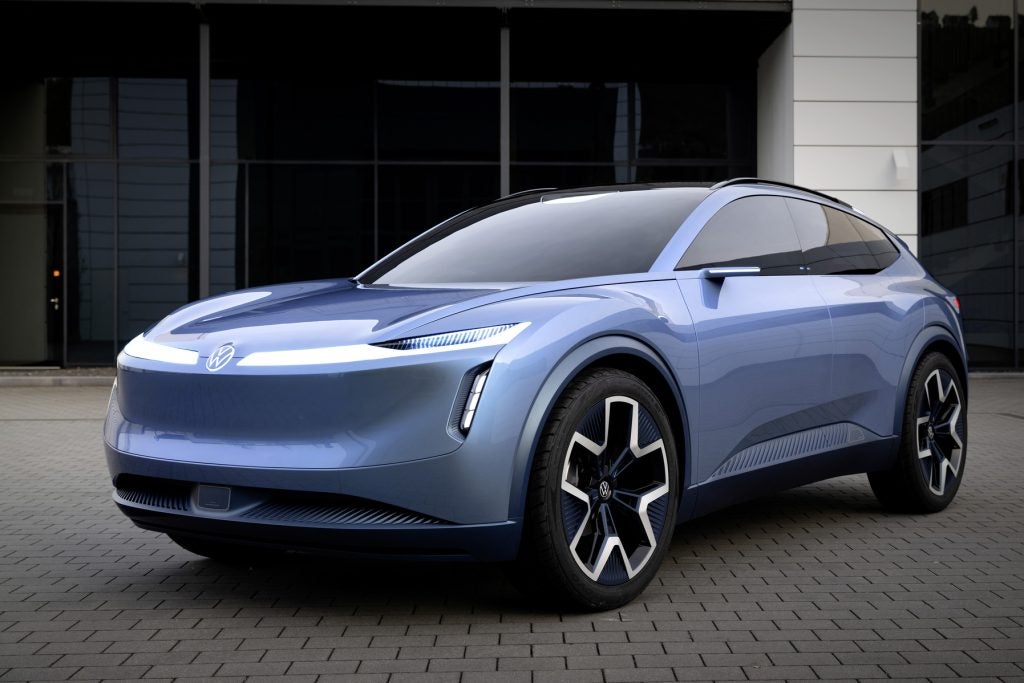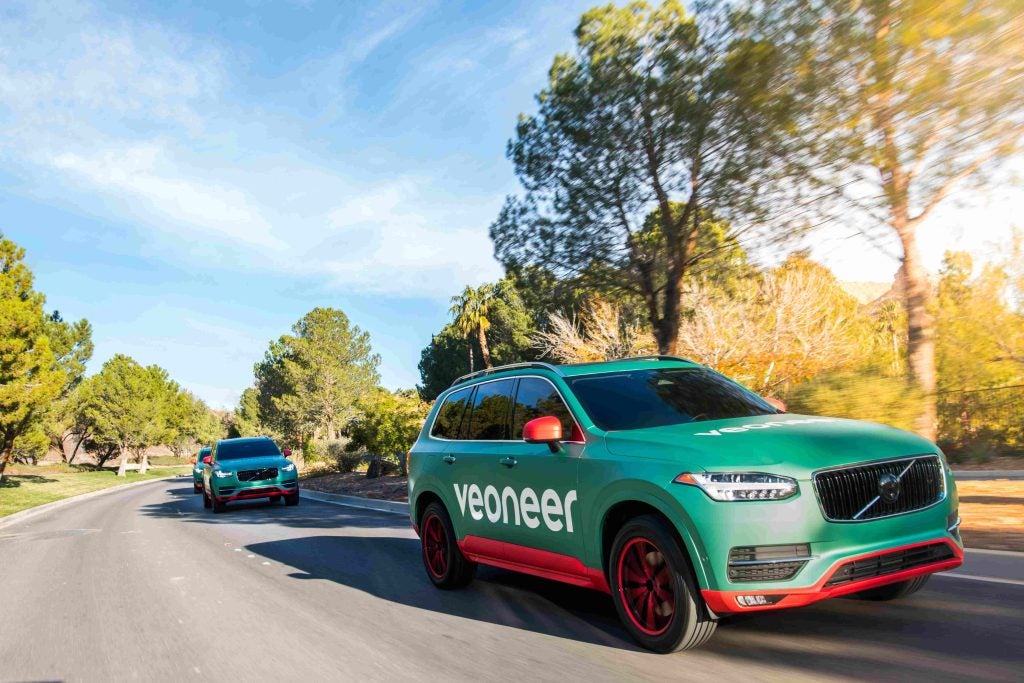Volkswagen has unveiled its new XL1 Super Efficient Vehicle (SEV) concept at the Qatar motor show.
“Pioneering construction techniques, an advanced plug-in hybrid drivetrain and innovative packaging all play a part in allowing the XL1 to return 313 mpg on the combined cycle while emitting 24g/km of CO2to set a new benchmark for vehicle efficiency,” the automaker claimed.
The car has a compact 48PS 800 cc TDI two-cylinder common rail diesel engine linked to a 27PS electric motor. VW said the combined 75PS was “a modest output yet more than enough when the low kerb weight (795 kg) of the vehicle is taken into account”.
The drivetrain includes a seven-speed DSG gearbox, like some current VW production models but with an automatic clutch between each unit. The electric motor can either work independently of the diesel or in tandem when accelerating.
In pure electric mode the car can travel up to 35 km (about 25 miles) before the diesel engine kicks in. Accelerating from rest to 62 mph (100km/h) can be achieved in 11.9 seconds; the electronically limited top speed is 99mph.
VW said the XL1 draws on styling and packaging lessons learned from the 2002 1-litre car and the 2009 L1 concept. The XL1 has evolved to feature staggered seating with the driver and passenger placed next to each other in a body structure made from advanced new materials providing immense strength yet weighing just 230kg.
How well do you really know your competitors?
Access the most comprehensive Company Profiles on the market, powered by GlobalData. Save hours of research. Gain competitive edge.

Thank you!
Your download email will arrive shortly
Not ready to buy yet? Download a free sample
We are confident about the unique quality of our Company Profiles. However, we want you to make the most beneficial decision for your business, so we offer a free sample that you can download by submitting the below form
By GlobalDataTo make such weight savings possible, and yet viable for series production, VW developed and patented a new system for the manufacture of the carbon fibre reinforced polymer (CFRP) parts on the car called the resin transfer moulding (RTM) process.
The XL1 weighs 795kg. In addition to the body structure, the weight is accounted for by the drivetrain (227kg), running gear (153kg), the interior including a pair of bucket seats (80kg) and the electrical system (105kg). Only 23.2% of the car (184kg) is made out of either steel or iron.
Further savings are made through the extensive use of lightweight materials including magnesium (wheels), ceramics (brake discs) and aluminium (dampers, steering system, brake calipers).
The styling of the XL1 is borne out of functional requirements – easy access to the interior through a pair of scissor doors that hinge on the A-pillar while the profile of the car has been honed in the wind tunnel, the result being a remarkable coefficient of drag figure of 0.186. The XL1’s overall length (3,970 mm) and width (1,682 mm) are similar to those of a Polo yet its height (1,184 mm) is closer to the VW group’s Lamborghini Gallardo Spyder supercar.
“Although the XL1 is still very much a concept, its unveiling marks the next step towards the birth of a new class of super efficient vehicles, while the advent of a process such as RTM is a significant milestone,” VW said.
Significance
The XL1 concept shows the range of new technologies which VW is developing, both in transmissions specifically and across the car as a whole. The two-cylinder hybrid’s fuel efficient and emissions will be hard to match; while the use of a seven-speed DSG gearbox undoubtedly helps in this regard, it is the use of lightweight materials, such as CFRP, to reduce vehicle weight is critical.







